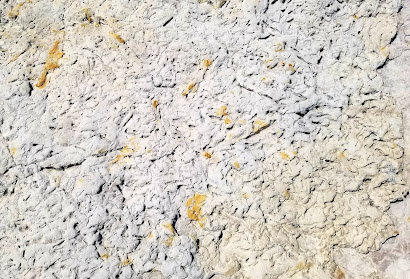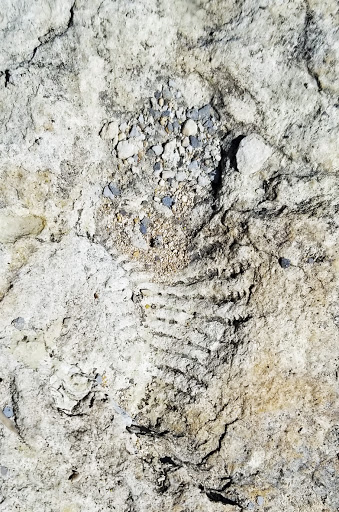AIRPORTS
AND IMMIGRATION .
Most flights go into London Heathrow
but, depending on your itinerary, you might want to consider alternatives
(Manchester, Birmingham, Glasgow etc.). Hopefully shorter lines and faster baggage
reclaim. Immigration at international
airports is easier (usually) than it used to be as the entry scanners can now
read the chips in American passports.
MONEY. Even though Britain is fast becoming cashless,
go to an ATM upon arrival and get some (not many) pounds sterling. Be sure you
have a chip and pin card or even better, a card with a “tap” chip. The old card-swipe
process is pretty much a dinosaur. Use cards whose issuing banks do not charge
foreign transaction fees. Many people now use smart phone payment systems anyway.
CAR
RENTALS. If
renting a car, be sure to inspect the vehicle carefully upon hiring. The
companies sometimes ding you for any minor scratch you may have
overlooked. One-way rentals incur a huge
premium. They also give you the car half full of gas and expect you to return
it likewise. Their way of making money on gas.
When returning a rental, fill up at a petrol station a few miles away
from the airport where petrol stations charge a premium price. Petrol is mind-boggling expensive anyway but
consumption is good and distances are short. I think that car theft is rare but
better keep valuable (money, credit cards, passports etc.) with you.
TRAINS.
Wonderful between bigger towns &
cities and some more rural destinations. Advance booking creates crazy-huge savings on
ticket prices. I use https://www.thetrainline.com/
DRIVING.
In Britain, vehicles drive on the left side of the road. Furthermore,
the driver's seat is on the right-hand side, which means you shift with your
left hand instead of your right. However, the clutch, gas, and brake pedals are
in the same positions you're used to. Automatics are now readily available
though usually at a premium.
Many
roads are speed monitored by traffic cameras for both speed limit violators and
traffic lights. Stick to the posted
speed limit and don’t gun it and go through lights as they turn red. Watch a
video on roundabout etiquette and how they are supposed to work (yes …. they do
work). Roads in rural areas can be very narrow, sometimes single track. Assume a zero-tolerance approach to drink and
driving: always use a designated driver.
ELECTRICITY.
UK power sockets are 220-volt, 3 x square pin plugs so you will need plug
converters (these are not transformers) to accept the US flat pin plugs. Charging devices for laptops, phones etc. are
multi-voltage these days and do not need a transformer. Anything that uses a
heating element or motor will probably still require a transformer which can be
a royal pain.
MEDICAL
INSURANCE. I suggest that US participants consider
taking out health insurance. The UK national
health system is based on residency (not citizenship) and is not available to
foreign visitors without charge. However, hospitals and doctors will treat you straight
away without even mentioning money but will then probably submit a bill (albeit
a fraction of what it would be here). Finding good travel insurance is a
challenge …… shark-infested waters.
PHONE
SERVICE. T-Mobile include some level of international
service in their US plan. It’s an optional extra for Verizon, ATT, Sprint. For those of you using US cell-provider international
plans, your phone numbers will remain the same. If you have an unlocked,
GSM-compatible phone, the better alternative may be to buy a UK pay-as-you-go SIM
card for your US smartphone upon arrival. You will get a new, temporary number.
They are readily available at supermarkets, larger petrol stations and newsagents.
TIME
TO GO. North-west Europe benefits from the warm
waters of the Atlantic Gulfstream which means that the climate is generally
mild. The best months are April, May, September, October. Air conditioning is
relatively unusual and so any atypical heatwaves (July – August) can be a
challenge. English high-school summer breaks are typically mid-July to early
September. University summer breaks are from mid-June to mid-September. Remember that London is about the same
latitude as Saskatoon which means the summer days last from about 4 am to 10 pm
and the winter days from 9 am to 5 pm.
ACCOMMODATION.
B&Bs are usually delightful, often in peoples’ homes. Residential pubs can also be pretty cool. VRBO
and Airbnb are now firmly established in England in the bigger towns and cities
but in rural areas you might be better off with one of the myriad of other
holiday-let agencies such as Sykes Cottages etc. Rural Retreats specializes in luxury listings
and the Landmark Trust specializes in historic buildings. There will be cultural
quirks in an English rental versus an American one. Get over it.
FOOD.
Dispel any pre-conceived stereotypes you may have about food in the UK. It has improved immeasurably since the
austere rationing days of WWII and, although it’s still possible to encounter
bland, overcooked food, it’s also possible to find innovative fine dining in
many places. Note that a lot of the upscale restaurants have gone to all-in 2
or 3 course menus. It’s OK but not great for people with a very small appetite.
You might want to pass on the black pudding at breakfast. Most restaurants will
not automatically give you water which, as well as soft drinks, may come
without ice unless requested (one cube or two?). Generally, no free refills on soft
drinks.
PUBS.
Finding good beer and good food in pubs also means paddling in
shark-infested waters. Many pubs have
converted to gastro-pubs to survive (due to laudable, yet draconian,
drink/drive laws and the prohibition of smoking) so the traditional neighborhood
pubs that focus solely on conviviality and well-kept beer are becoming a rarity.
THE
TRADITIONAL LOOP. The typical circuit for US tourists seems to
be some sort of combination of London, Stonehenge, Stratford-upon-Avon and
Bath. This is unfortunate as these destinations are likely to be extremely
crowded. Think out of the box.
SO
…. WHERE TO GO?
Spoilt for choice ….. and this
does not include Scotland, Wales or Ireland.
London.
Preferably allow at least a week and expect mind-boggling crowds. Don’t even dream about having a car. All
national museums are free. My personal favorite museums are the Victoria and Albert
Museum, National Gallery and the Tate.
For world-class historical sites, consider Westminster Abbey, Tower of
London etc. Also, get away from the
tourists by walking across Hampstead Heath on a Sunday from the south to a pub lunch
in either Hampstead Village or in Highgate. Also, a tour of Highgate Cemetery
is worthwhile. Sharon’s earthly Happy Place is Kew Gardens.
Other
fabulous cities. York, Durham, Lincoln, Wells, Oxford, Chester,
Manchester (as a successful, post-industrial urban renaissance).
Soft,
classically English countryside.
Perhaps the Cotswolds (Oxfordshire, Gloucestershire).
More
rugged, mountainous countryside. The Yorkshire Dales or the Lake District.
Hardy
Country. Dorset. Consider adding Devon and/or
Cornwall.
East
Anglia. Suffolk and/or Norfolk. Gorgeous and perhaps
not so crowded.



















































